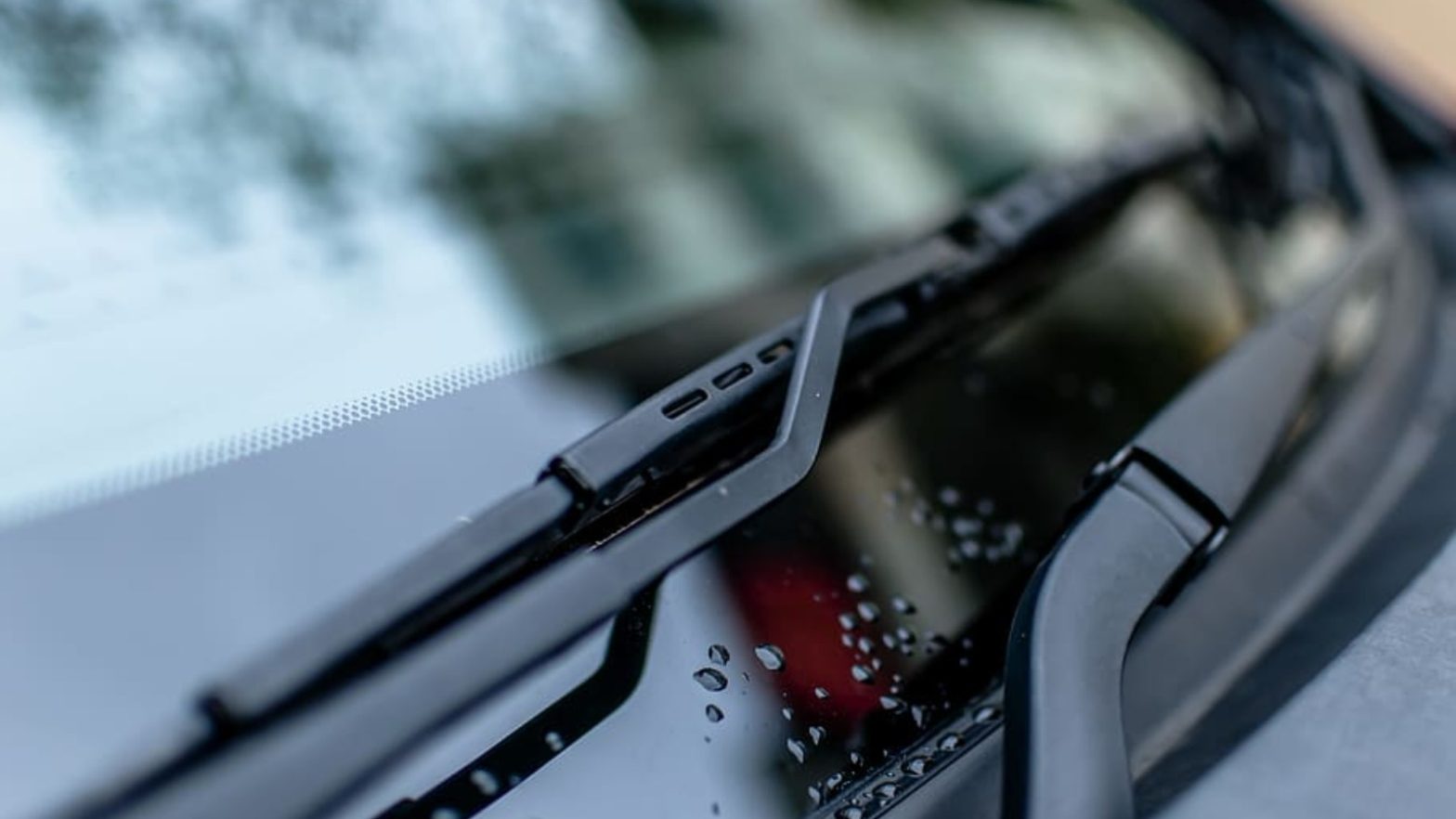Resolve wiper blade woes effortlessly! Explore our troubleshooting tips to fix common issues, ensuring clear views and smooth drives. Drive worry-free with our expert advice.
Wiper blades are a small yet essential component of any vehicle, ensuring clear visibility during adverse weather conditions. However, like any part of a car, they are prone to wear and tear, leading to common issues that can hinder their performance. In this blog post, we will explore some troubleshooting tips to help you fix common wiper blade issues and ensure a safer driving experience.
Streaking and Smearing:
- One of the most common problems with wiper blades is streaking and smearing on the windshield. This issue is often caused by dirt, oil, or debris buildup on the blades. To fix this problem:
- Clean the Blades: Wipe the wiper blades with a damp cloth or sponge to remove any dirt or residue. You can also use a mild detergent solution for a more thorough cleaning.
- Check the Windshield: Ensure that the windshield is also clean. Sometimes, streaking issues are caused by a dirty windshield rather than the wiper blades themselves.
Chattering or Skipping:
- If your wiper blades are making a chattering or skipping noise as they move across the windshield, it may be due to various reasons:
- Replace Worn Blades: Over time, wiper blades can wear out, leading to uneven contact with the windshield. Replace worn-out blades with new ones.
- Clean the Blades and Windshield: Similar to streaking issues, chattering can be caused by debris on the blades or windshield. Clean both thoroughly to ensure smooth operation.
Squeaking Noises:
- Squeaking sounds during wiper blade operation can be annoying and distracting. To eliminate this issue:
- Apply a Lubricant: Lubricate the wiper blade pivot points with a silicone-based lubricant. This can reduce friction and eliminate squeaking noises.
- Check for Bent Wiper Arms: Inspect the wiper arms for any bends or misalignments. Straighten them carefully to ensure proper blade-to-windshield contact.
Uneven Wiping:
- Uneven wiping can leave portions of the windshield uncleared, compromising visibility. To address this problem:
- Adjust Wiper Arm Tension: If the wiper arm tension is too high or too low, it can result in uneven wiping. Adjust the tension according to the vehicle manufacturer’s guidelines.
- Inspect for Bent Arms: Bent wiper arms can also cause uneven wiping. Straighten any bends carefully to restore proper functionality.
Frozen Wiper Blades:
- In colder climates, wiper blades can freeze to the windshield, preventing them from working correctly. To prevent this:
- Use Winter-Grade Windshield Fluid: Switch to a winter-grade windshield fluid that has antifreeze properties to prevent freezing.
- Lift the Blades: Before parking in cold weather, lift the wiper blades away from the windshield to prevent them from freezing to the glass.
Blades Not Returning to Rest Position:
- Sometimes, wiper blades may not return to their rest position after use, leaving a portion of the windshield uncovered. To resolve this issue:
- Check for Obstructions: Inspect the wiper arms and blades for any obstructions or debris that might be hindering their movement. Clear away any obstacles to allow for proper functioning.
- Inspect the Springs: Wiper blades are equipped with springs that help them return to the rest position. If these springs are damaged or worn, replace them to ensure the blades return correctly.
Wiper Blades Lifted Off the Windshield at High Speeds:
- At high speeds, improperly installed or worn-out wiper blades may lift off the windshield, reducing their effectiveness. To address this issue:
- Verify Installation: Ensure that the wiper blades are correctly installed according to the manufacturer’s instructions. If they are loose or incorrectly attached, secure them properly.
- Replace Blades: If the wiper blades are old and worn, they may not maintain proper contact with the windshield at high speeds. Consider replacing them with new, high-quality blades.
Rubber Blade Deterioration:
- The rubber component of wiper blades can deteriorate over time, leading to decreased performance. To mitigate this problem:
- Inspect and Replace Regularly: Regularly inspect the rubber portion of the wiper blades for signs of cracking, splitting, or hardness. If you notice any deterioration, replace the blades promptly.
- Use UV Protectant: UV rays can accelerate the breakdown of the rubber. Consider using a UV protectant on the wiper blades to extend their lifespan.
Windshield Wiper Fluid Issues:
- Insufficient or ineffective windshield wiper fluid can contribute to poor wiper blade performance. To ensure optimal functionality:
- Top Up Fluid Levels: Check and maintain an adequate level of windshield wiper fluid. Low fluid levels can affect the cleaning ability of the blades.
- Use Season-Appropriate Fluid: In addition to preventing freezing, using a windshield fluid designed for the season (e.g., bug remover in summer, de-icing solution in winter) can enhance cleaning performance.
Wiper Motor Malfunction:
- If none of the above solutions resolve your wiper blade issues, it might indicate a problem with the wiper motor. Signs of a malfunctioning motor include erratic movement or complete failure. In such cases:
- Check Fuse and Wiring: Inspect the fuse related to the wiper system. If the fuse is blown, replace it. Also, check the wiring for any visible damage.
- Consult a Professional: If the wiper motor continues to malfunction, it’s advisable to consult a professional mechanic for a thorough inspection and potential motor replacement.
Conclusion:
Properly functioning wiper blades are crucial for driving safety, especially during adverse weather conditions. Regular maintenance and prompt troubleshooting can help address common wiper blade issues, ensuring clear visibility and a safer driving experience. By following these tips, you can keep your wiper blades in top condition and navigate through rain, snow, and sleet with confidence.
